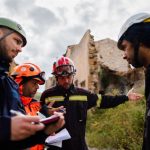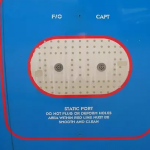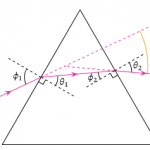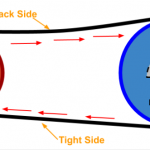The differences between forward slip vs. side slip are minimum as both slip types operate the same. Both types of slip provide a useful aviation tool for experienced pilots and can cause problems when executed poorly
In this article, you will learn about the concept of slip, forward slip, side slip, and compare the differences between the two.
Slip
Slip refers to an aerodynamic state where an aircraft moves somewhat sideways in relation to the incoming airflow. In a conventional airplane, this means the nose points in the opposite direction to the bank of the wing(s). Flying in a slip is aerodynamically inefficient since the lift-to-drag ratio is reduced.
The drag during a slip event consumes energy but does not produce lift. Inexperienced pilots generally create slip unintentionally during turns by not coordinating the turn with the rudder. Airplanes easily enter into a slip while ascending on a windy day.
Experienced pilots may intentionally deploy slip to move an aircraft as desired.
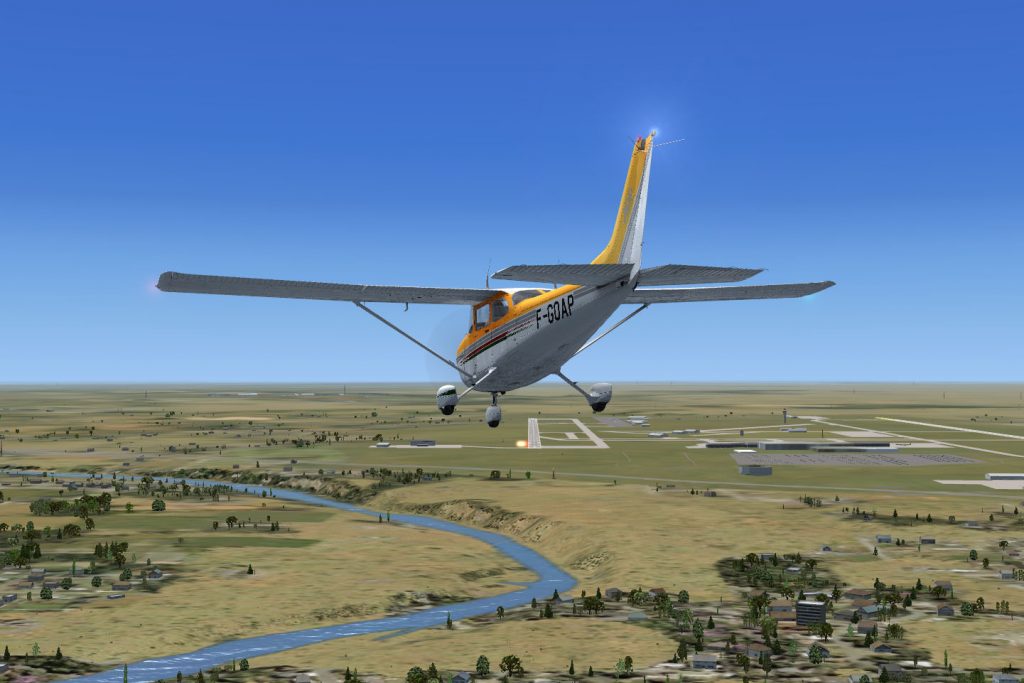
The angle of the sideslip relates the rotation of the aircraft centerline from the relative wind. This angle essentially provides a directional angle of attack of the airplane and provides an indication as to the plane’s directional stability.
Slip causes inefficiencies in fuel consumption. It rarely presents as a dangerous phenomenon. The exception is when an obstruction exists in a climb path or the plane is heavily loaded or underpowered. Generally speaking, there are two types of slip – forward slip and side slip. Pilots may deploy these strategically.
Forward Slip
Forward-slip reduces a plane’s height by intentionally creating drag in a slip condition. This allows for steepening of an approach without gaining airspeed. Pilots use this technique when approaching a runaway and needing to drop elevation quickly.
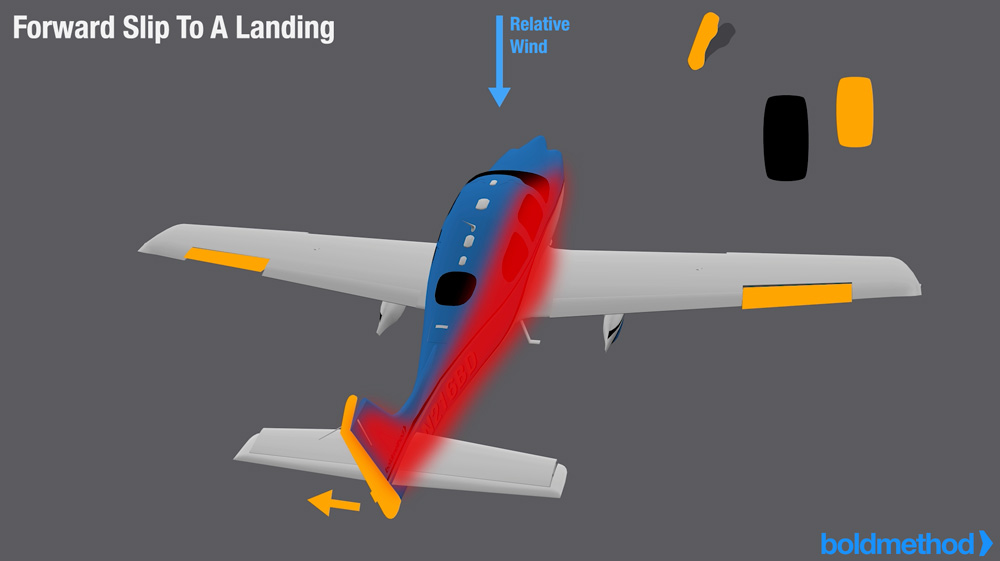
The degree of slip and subsequently the sink rate originates from the bank angle. Steep banking ensures steep descent. Pilots apply the opposite rudder and increase bank angle for maximum slip. Ideally, the slip should be deployed with considerable time prior to landing. Once the sharp forward slip is over, the pilot relaxes flight controls and may proceed as normal.
Forward slips provide exceptional value for short, obstructed runways. During an engine-out, off-field landing, the skill of forward slip becomes almost crucial for pilots.
Pilots should understand the nuances of their aircraft prior to performing a forward slip. For instance, some Cessna models prohibit a forward slip or urge caution. Passengers should be warned prior to a forward slip as the plane’s motion feels uncomfortable and unnatural.
Side Slip
A sideslip is defined to be a slip where the fuselage is parallel to the line of travel. A sideslip is used for landing in a crosswind. Pilots use a side slip when approaching a runway and desiring a lateral move without the luxury of a long repositioning turn.
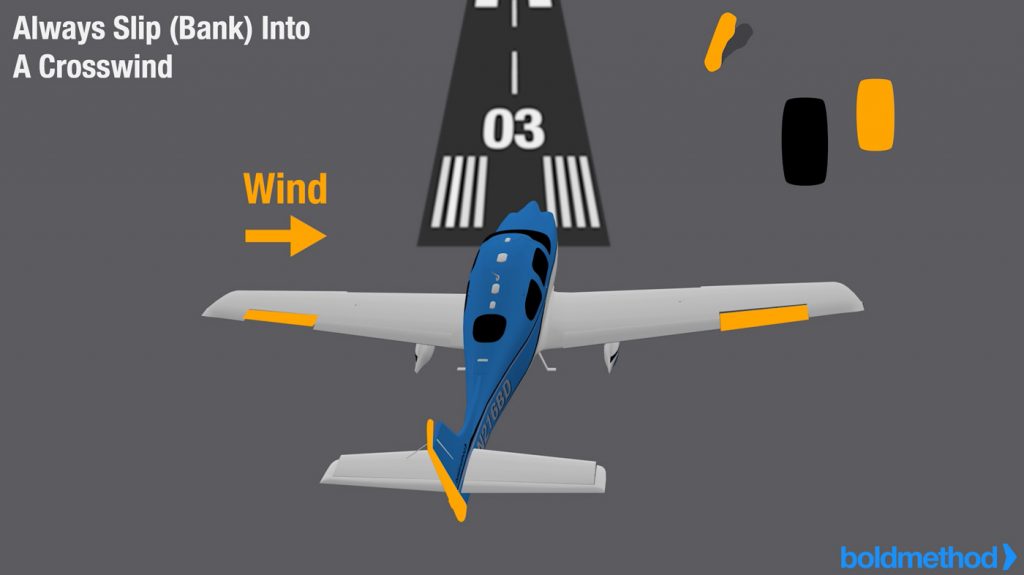
If a side slip carries through until landing, the gear aligns with the direction of travel and avoids imposing a side-load on the gear. Depending on the amount or agreeability of the passengers, a side slip may be uncomfortable as it makes people feel like they are going to slide out of their seat. A side slip effectively means flying the plane sideways and thus it means it is highly inefficient aerodynamically.
An alternative to side slip is crabbing. The practical of crabbing turns the nowe into the wind so that some component of a plane’s thrust counteracts the crosswind. This allows an aircraft’s ground track to align with the runway.
Crabbing is more aerodynamically favorable than a slip and is usually more comfortable for passengers. However, if crabbing continues through touchdown, it imposes a side-load on the landing gear, whcih could damage tires or the landing gear itself.
Differences – Forward Slip vs Slide Slip
The forward slip reduces a plane’s height vs. the functionality of the side slip which moves the plane to the side.
There is no difference aerodynamically between forward slip vs. side slip as the airplane itself moves the same. Both side- and forward-slip make the airplane fly slightly sideways. The only difference lies in pilot’s intention and ground tracking.
Slips also have use in other scenarios. For instance, when pilots encounter an iced-over or cracked windshield, landings may occur via a side slip to allow for runway visibility. A well-executed slip allows occupants to take ground photos through a side window. Military planes also employ slip during air combat.
Knowing the differences between the forward slip vs. the side slip allows pilots to better control their planes. It’s also a practical example of how the field of aerodynamics provides everyday value to our world.
